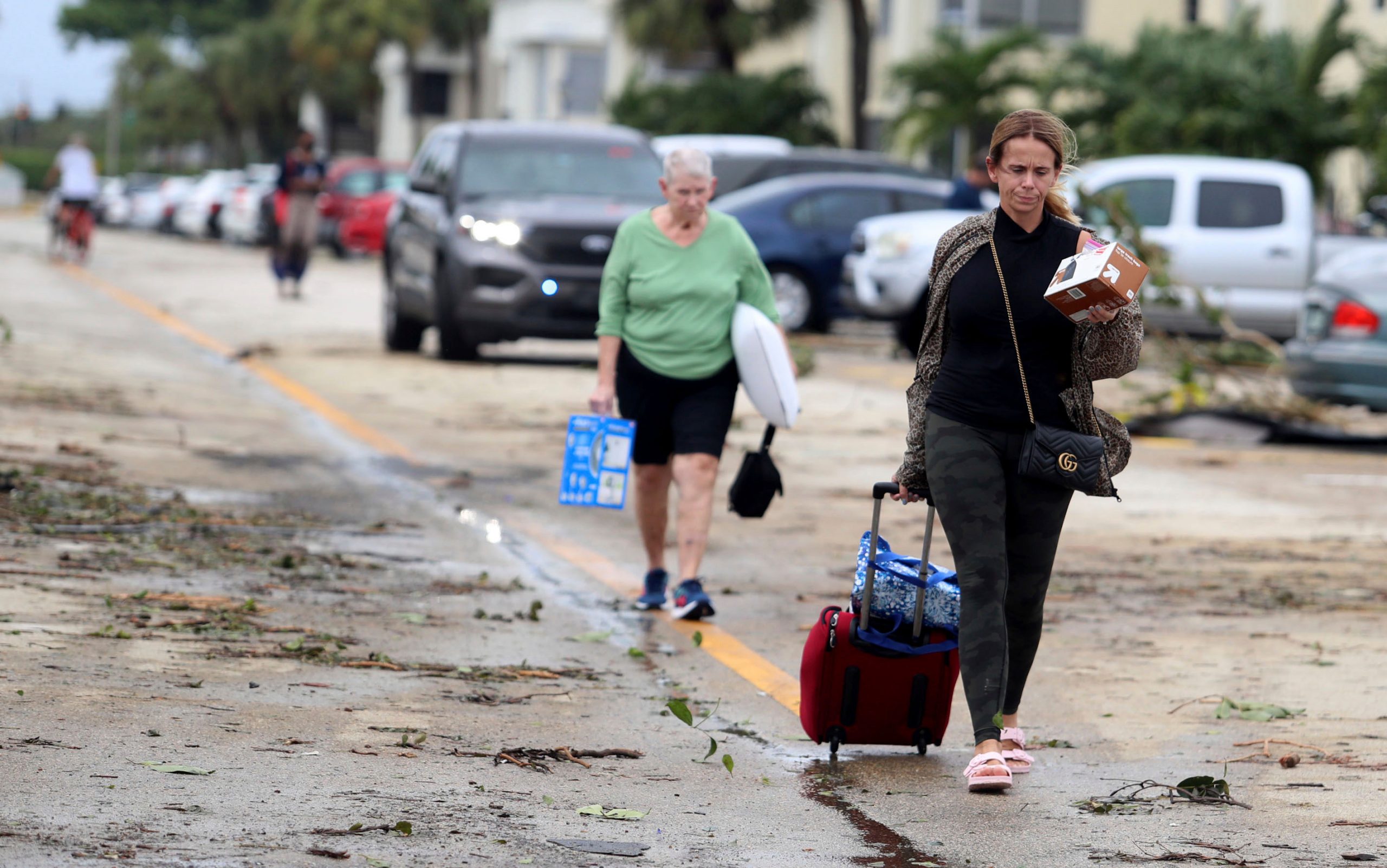Hurricane Ian has been downgraded from a Category 4 storm to a tropical storm as of Thursday morning but officials say that it isn’t completely over.
After it knocked out power for over 2.5 million customers and left many stranded in their homes. Much of the southwest side of the state has been impacted by the flooding. The state’s governor Ron DeSantis had said that he was “cautiously optimistic” that the affected regions would received federal assistance. Shortly after, President Joe Biden has declared a major disaster in Florida, ordering federal aid to help state and local recovery efforts in places which were affected by the storm.
The White House tweeted that it had taken the following steps:
– Pre-staged 110,000 gallons of fuel and 18,000 pounds of propane
– Moved in a variety of generators
– 3.7 million meals and 3.5 million liters of water ready
– 300 ambulances working side by side with local officials
Also Read | Trump criticized for seeking campaign donations amid Hurricane Ian worries
The National Weather Service sent out a tweet after the reclassification of the storm saying that the dangers of a hurricane remain ever after the storm, saying, “Watch out for downed power lines and damaged buildings. Avoid floodwaters as they can hide a variety of dangers, and never drive through them, as it doesn’t take much to sweep your car away.”
Wind speeds have dropped from the life threatening 155 miles per hour to 65 mph as Hurricane Ian moved through central Florida as it moves towards the western Atlantic, according to a report from the National Hurricane Center.
Also Read | Hurricane Ian: Sharks show up on streets, water gushes through homes
However, Hurricane Ian is expected to regain intensity having passed through Florida and back into the West Atlantic. The east coasts of Georgia, Virginia, North Carolina and South Carolina are likely to see heavy rain and perhaps even storm surges. The governors of these states have already declared states of emergency.






